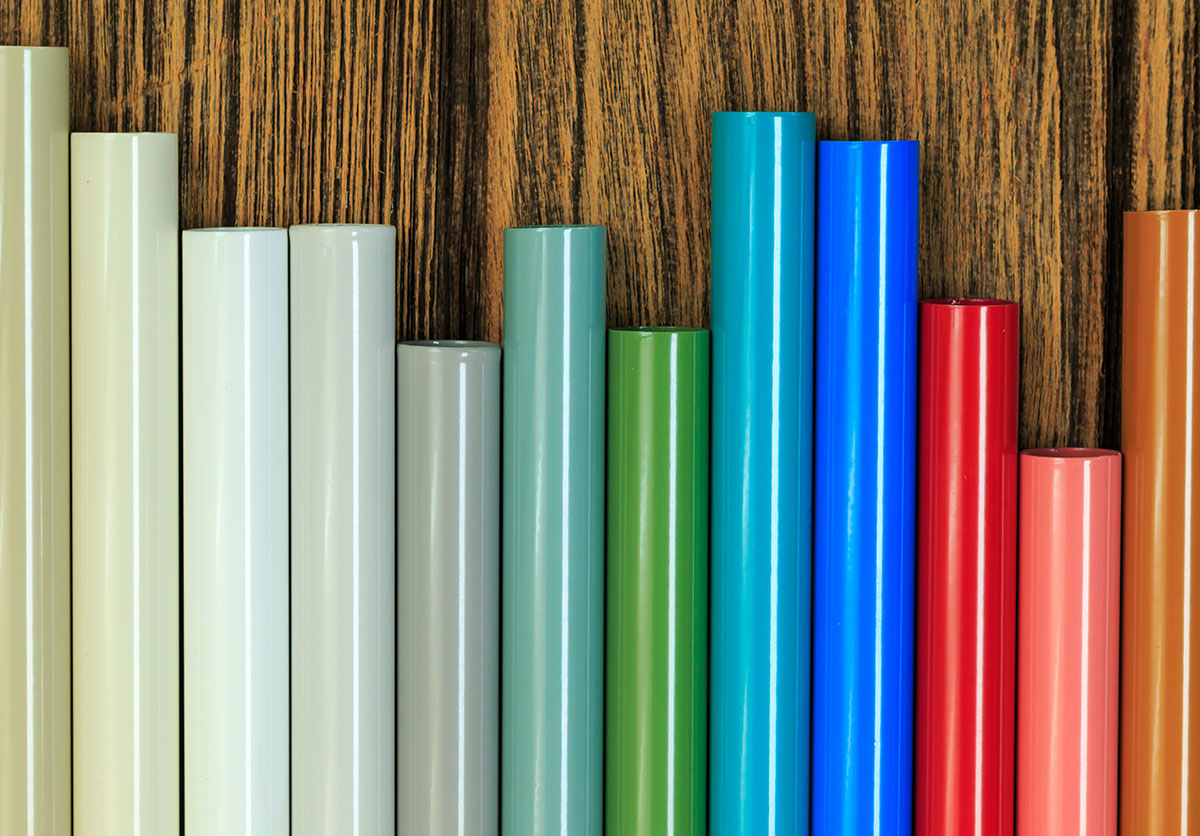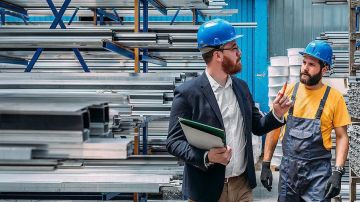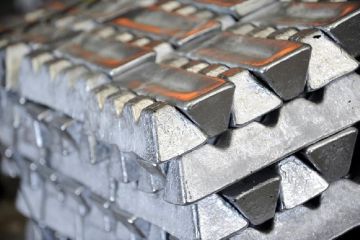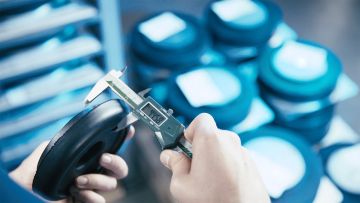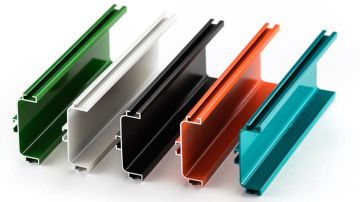The surface treatment section of the aluminum extrusion production process involves applying various coatings or treatments to the extruded profiles to enhance their surface properties and improve their performance in different applications. Surface treatments provide additional protection, improve aesthetics, and can impart specific functional characteristics to the profiles. Here are some common surface treatment methods used in aluminum extrusion:
- Anodizing:
- Anodizing is one of the most widely used surface treatments for aluminum extrusions. It involves creating a controlled oxide layer on the surface of the profiles by subjecting them to an electrolytic process. The profiles act as the anode in an electrolyte solution, and an electric current is passed through the solution to form the oxide layer on the aluminum surface.
- Benefits: Anodizing provides excellent corrosion resistance, improves surface hardness, and enhances the profiles' appearance by allowing them to be dyed in various colors. Anodized aluminum extrusions are commonly used in architectural applications, consumer electronics, automotive components, and more.
- Anodizing is one of the most widely used surface treatments for aluminum extrusions. It involves creating a controlled oxide layer on the surface of the profiles by subjecting them to an electrolytic process. The profiles act as the anode in an electrolyte solution, and an electric current is passed through the solution to form the oxide layer on the aluminum surface.
- Powder Coating:
- Powder coating is a dry finishing process in which a fine powder of colored resin and pigments is electrostatically sprayed onto the extruded profiles. The coated profiles are then heated to melt and cure the powder, forming a durable, uniform, and attractive surface finish.
- Benefits: Powder coating offers a wide range of colors and finishes, excellent weather resistance, and resistance to chipping, fading, and scratching. It is commonly used in architectural applications, outdoor furniture, automotive components, and appliances.
- Powder coating is a dry finishing process in which a fine powder of colored resin and pigments is electrostatically sprayed onto the extruded profiles. The coated profiles are then heated to melt and cure the powder, forming a durable, uniform, and attractive surface finish.
- Painting:
- Painting involves applying a liquid paint coating to the extruded profiles. The paint can be applied using various methods, such as spraying or dipping. The profiles are then cured at elevated temperatures to allow the paint to dry and adhere to the surface.
- Benefits: Painting allows for a wide range of color choices and finishes. It provides good protection against environmental elements and is suitable for applications where specific colors or intricate designs are required.
- Painting involves applying a liquid paint coating to the extruded profiles. The paint can be applied using various methods, such as spraying or dipping. The profiles are then cured at elevated temperatures to allow the paint to dry and adhere to the surface.
- Polishing and Brushing:
- Polishing and brushing are mechanical surface treatments that enhance the appearance of the extruded profiles. Polishing creates a smooth, glossy surface, while brushing creates a textured, satin-like finish.
- Benefits: Polished and brushed finishes are often used in architectural applications, interior design, and decorative elements to add a premium look to the aluminum profiles.
- Polishing and brushing are mechanical surface treatments that enhance the appearance of the extruded profiles. Polishing creates a smooth, glossy surface, while brushing creates a textured, satin-like finish.
- Chemical Treatments:
- Chemical treatments, such as chromating and chemical brightening, are used to improve adhesion for subsequent coatings or provide specific functional properties like increased corrosion resistance.
- Benefits: Chemical treatments improve the bonding of adhesives and paints to the aluminum surface and can provide additional protection against corrosion.
- Chemical treatments, such as chromating and chemical brightening, are used to improve adhesion for subsequent coatings or provide specific functional properties like increased corrosion resistance.
The choice of surface treatment depends on the intended application, required performance characteristics, and aesthetic preferences. Surface treatments play a vital role in maximizing the versatility and durability of aluminum extrusions for a wide range of industries and products.
 EN
EN
 NL
NL DE
DE
